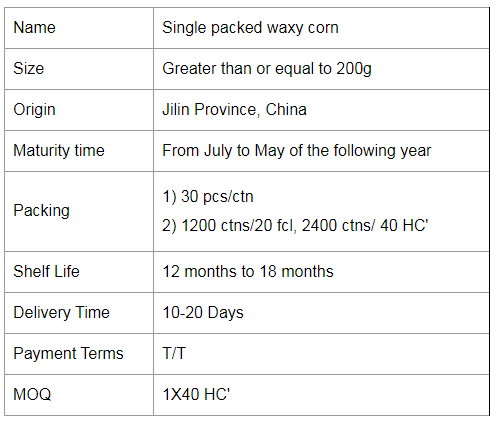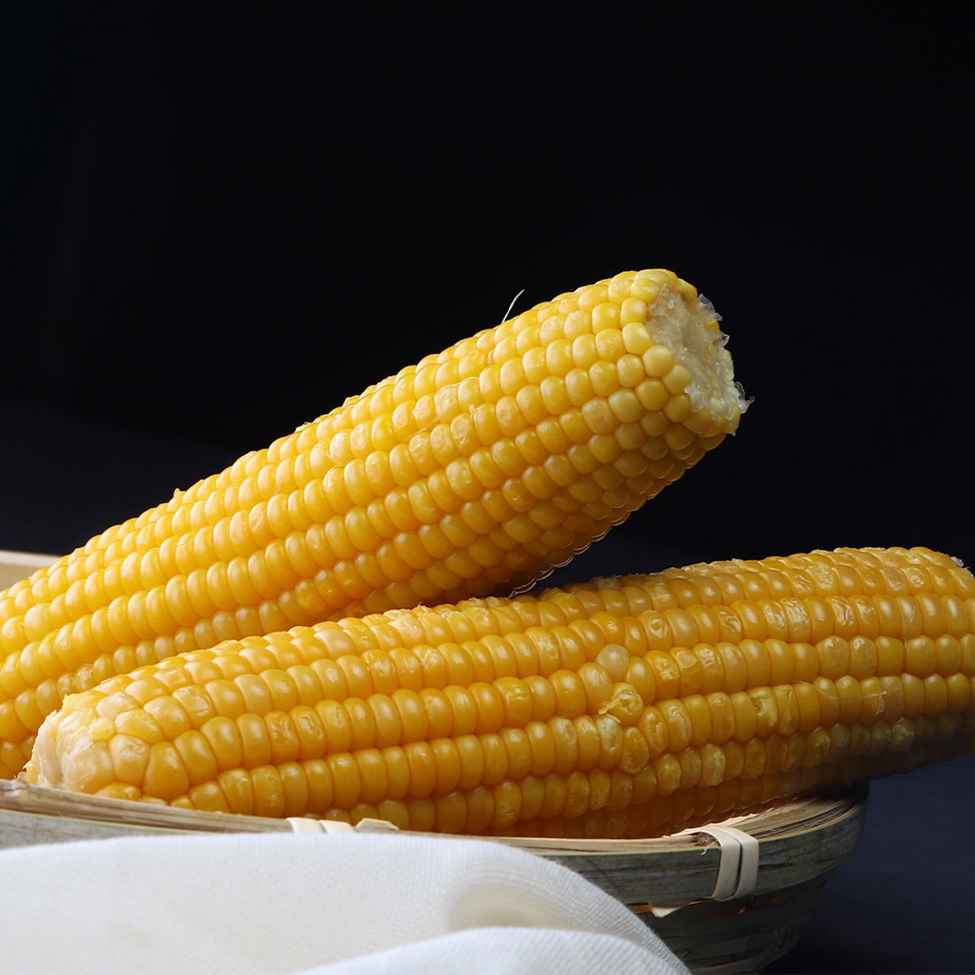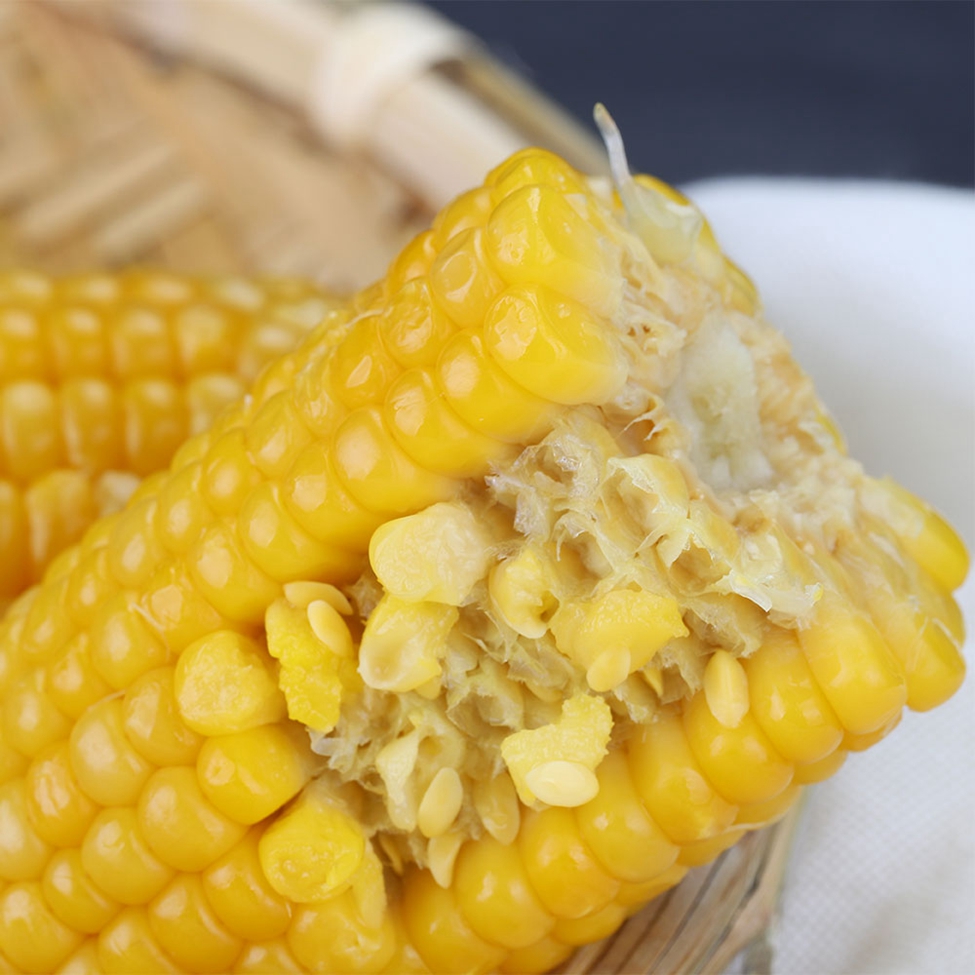Medical scientist "Eve"
Researchers at the University of Manchester in the UK recently claimed that they have developed a new generation of robotics scientists for drug discovery and research and development costs. The research star, Ms. Eve, has successfully discovered that a compound with anti-tumor properties can be used in the treatment of malaria. Under the trend of scientific research automation and mechanization, robot scientists came into being. In 2009, Aberystwyth and Cambridge University have developed the first scientific robot “Adamâ€. This group of new scientists can develop automatically; test hypotheses based on observations; conduct experiments; interpret the results to correct their own hypotheses; then repeat the cycle and automate high-throughput hypothesis studies. Robotics scientists are also well-suited for recording scientific knowledge: since the experimental conception and execution are performed automatically by the computer, it can fully capture and digitize all aspects of the scientific research process. After the invention of "Adam", the same research team at the University of Manchester developed the "Eve" for early design in drug development. First, the Eve robot can systematically screen more than 10,000 compounds every day. Using her artificial intelligence, based on her early screening "experience" (set), she selected compounds that were activated with high probability of being selected by the drug target. This screening system is based on genetically engineered yeast. This allows "Eve" to exclude substances that are toxic to cells, and to select compounds that block parasite proteins while leaving human proteins unharmed. The screened compounds are then automatically engineered to be modified to be faster and produced less expensive than standard in custom assays. "Eve" uses multiple types of assays and more efficient use of inspection facilities. These advantages of "Eve" increase the probability of discovering new potential drugs within a certain budget. The R&D team used the first show of Eve for the search for drugs for tropical diseases. He said that neglected tropical diseases are a scourge of mankind, killing millions of people every year, and we know what causes these diseases. In theory, we can develop and use small molecule drugs to attack pathogenic parasites, but in fact the cost of research and development, the speed of drug discovery, and economic returns make the pharmaceutical industry not interested. To test the feasibility of this approach, the researchers tested key molecules for about 1,500 clinically approved drugs for malaria, Chagas disease, and schistosomiasis tropical parasitic diseases. Through testing, "Eve" identified a compound that has previously been identified as an anticancer drug that inhibits the treatment of malaria parasites, DHFR. Drugs currently routinely used to prevent malaria are usually drugs that inhibit DHFR. Considering that despite the hard work, no one can find a new antimalarial drug and can pass clinical trials. Therefore, the discovery of "Eve" is not only a new method, but also a new contribution to the update of antimalarials. The work of Eve has greatly reduced the cost, uncertainty and time of drug screening and will likely improve the lives of millions of people around the world. Single Packed Yellow Waxy Corn Cob
For the most common waxy and sweet corn on the market, waxy corn has a higher nutrient content than regular corn, containing 70-75% starch (and almost all straight-chain starch), more than 10% protein, 4-5% fat and 2% multivitamins, with more grains, VA, VB1 and VB2 in protein than rice, with the highest fat and VB2 content. Yellow maize also contains carotenoids, such as rice and wheat. The molecular weight of waxy maize starch is more than 10 times smaller than that of ordinary maize, and the starch makes glutinous rice sticky and soft, softer than ordinary hard maize. It is more than 20% more digestible to eat than regular maize and it is suitable for people with less than perfect teeth. At the same time, it is not suitable for diabetics because of the very high content of straight-chain starch (a polysaccharide).
Waxy maize is also known as sticky maize. The grain has coarse, waxy endosperm, similar to shiny, glassy (clear) grains such as hard and dent maize. Its chemical and physical characteristics are controlled by a recessive gene, which is located on chromosome 9. 100% of the starch in the endosperm is straight-chain starch.
If you have any further questions about our products, please do not hesitate to contact us. Waxy Corn Cob,Yellow Glutinous Corn,Yellow Waxy Corn Cob,Single Packed Yellow Waxy Corn Cob Jilin Province Argricultural Sister-in-law Food Co., Ltd. , https://www.nscorn.com

